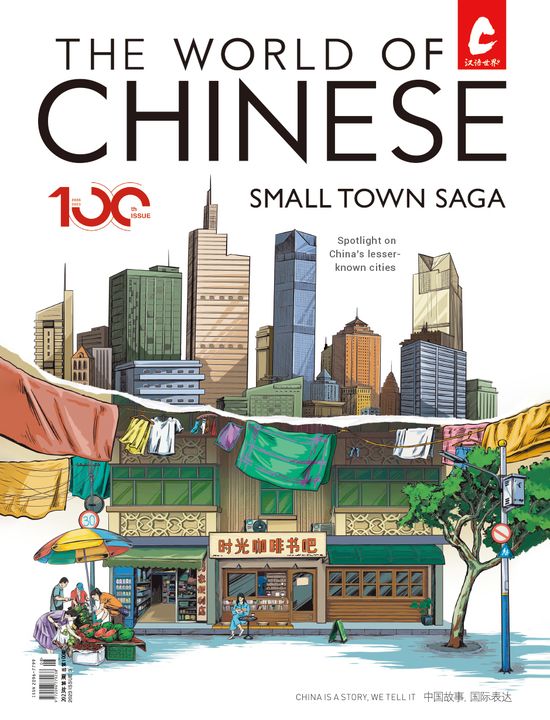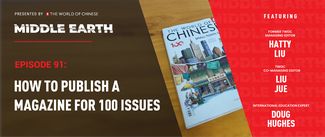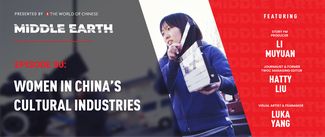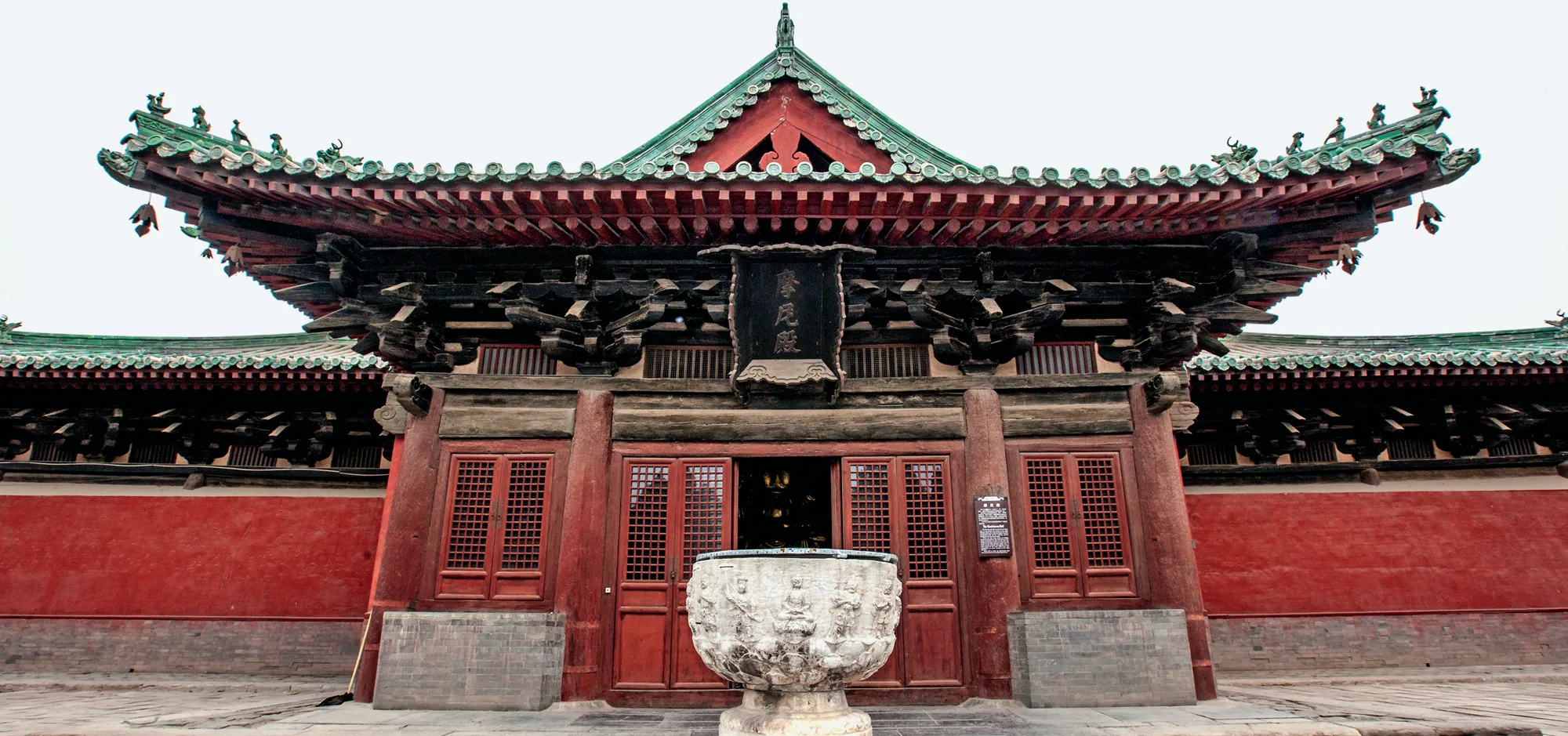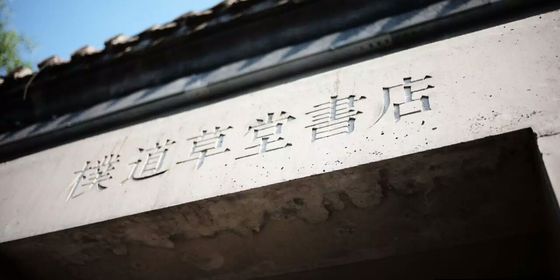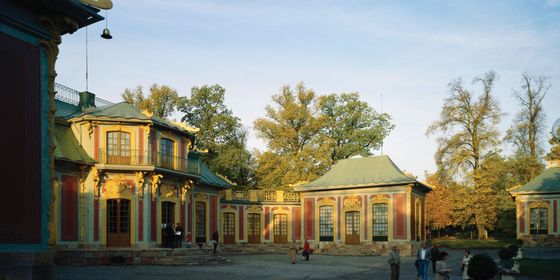Hebei province’s Zhengding city is a treasure trove of preserved ancient Chinese wooden structures, thanks to the efforts of master architect Liang Sicheng
When the “Father of Modern Chinese Architecture” first discovered the quiet magic of Zhengding (正定), he was ecstatic. On his journey there, soldiers and military officers hopped on and off the train, chatting about tension and conflicts while rushing to their posts as the war against Japan loomed large. But, as soon as the then 32-year-old Liang Sicheng (梁思成) arrived in Zhengding, he was engrossed in its ancient structures, monuments hidden in an otherwise plain community.
Liang would later travel to more than 2,000 counties across the nation in the tumult of war to complete the first systematic, historical account of ancient Chinese architecture. It was, however, always Zhengding to which the great man returned, time and time again.
Today almost every historical site in the country is swiftly turned into a profit-generating tourist trap, but this architectural wonderland of Liang’s is often left unnoticed. Following in the curious architecture pioneer’s steps, I decided to investigate the mysterious charm of this hidden gem and to, more importantly, discover what remained.
While in 1933, the young Liang endured a bumpy train ride from Beijing of nearly ten hours, I took a ride of only an hour and 20 minutes to Shijiazhuang, the capital of Hebei province, and from there another 30 minutes taxi ride north to Zhengding. On the other hand, while my journey was overshadowed by a smog-laden haze over the farms, Liang would have had the luxury of blue skies. Such is the unfortunate gamble of modernity.
